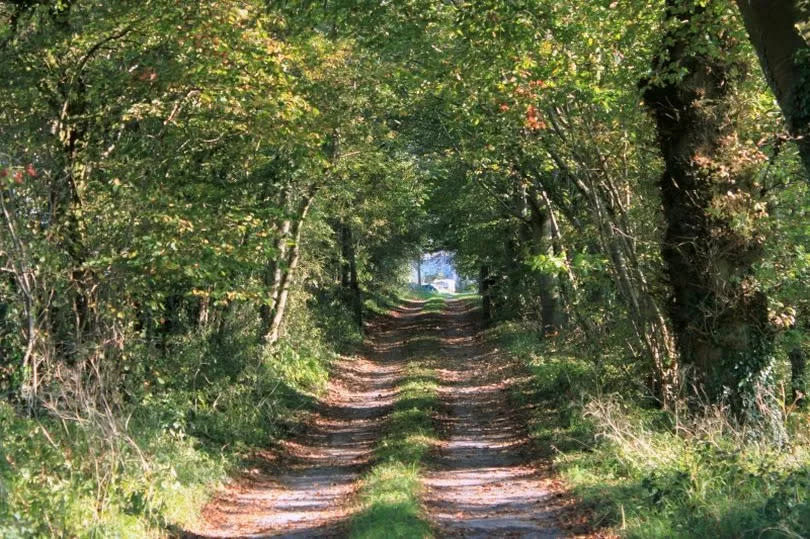The tiny Somerset village terrorised by a fearsome dragon

Once upon a time, Dinder, a charming hamlet nestled between Wells and Shepton Mallet in Somerset, was supposedly plagued by an intimidating dragon, if local folklore is to be believed. This millennial-old tale tells of a serpentine terror haunting both the locals and their livestock.
Located beside the tranquil River Sheppey, Dinder, translating to "the house in the valley", boasted more than just idyllic countryside scenery.
Adding a darker tone to its history, this serene spot was rumoured to be haunted by a petrifying dragon that struck fear into the community's heart. The Dragon of Dinder, or as it's occasionally known - the Dinder Worm, originates from a narrative spinning back centuries, with "worm" being the old English term for such mythical creatures.
As per the legend, the villagers' patience ran thin as they continued to be tormented by the fire-breathing entity. Their desperate pleas for aid wouldn't go unheard for long.
Stepping up to challenge the menace was Jocelin, the bishop of Wells. It's said he arrived with his militia, but insisted on facing the dragon alone during the final stretch of their journey. As the narrative goes, Bishop Jocelin beheaded the beast single-handedly.
While there were no eyewitnesses to corroborate the legendary showdown, other than the brave bishop himself, certain antique documents referencing the reported incident and intriguing place names might offer some credence to these tales. The hamlet of Worminster and Worminster Sleight, a hill located above Dinder, could potentially owe their monikers to the word "wyrm".
A fifteenth-century document, believed to be a copy of Ranulf Higden's Polychronicon, which records the event is now housed at Eton College.
A mosaic created by local children, depicting the story, can be found on the Moat Walk immediately south of the Bishop's Palace in Wells. This artwork is set in stone along the perimeter walk of the palace.
In Dinder, a celebration commemorating the slaying of the dragon takes place every 50 years. The tradition involves a left-handed clergyman re-enacting the beheading.
According to legend, if this tradition is forgotten, the dragon may return. The last celebration was held in 2001, with the next due in 2051.

 Yahoo News
Yahoo News 
